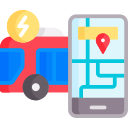IoT Sensors Revolutionizing Vehicle Safety
The integration of Internet of Things (IoT) sensors into modern vehicles is fundamentally transforming the landscape of automotive safety. These advanced sensors enable vehicles to monitor their environment, interact with one another, and offer real-time feedback to drivers and automation systems. The result is not just smarter cars, but safer roads for everyone. Through a combination of data analytics, autonomous technologies, and instant alerts, IoT sensors are redefining how we prevent accidents, respond to hazards, and protect passengers and pedestrians alike.
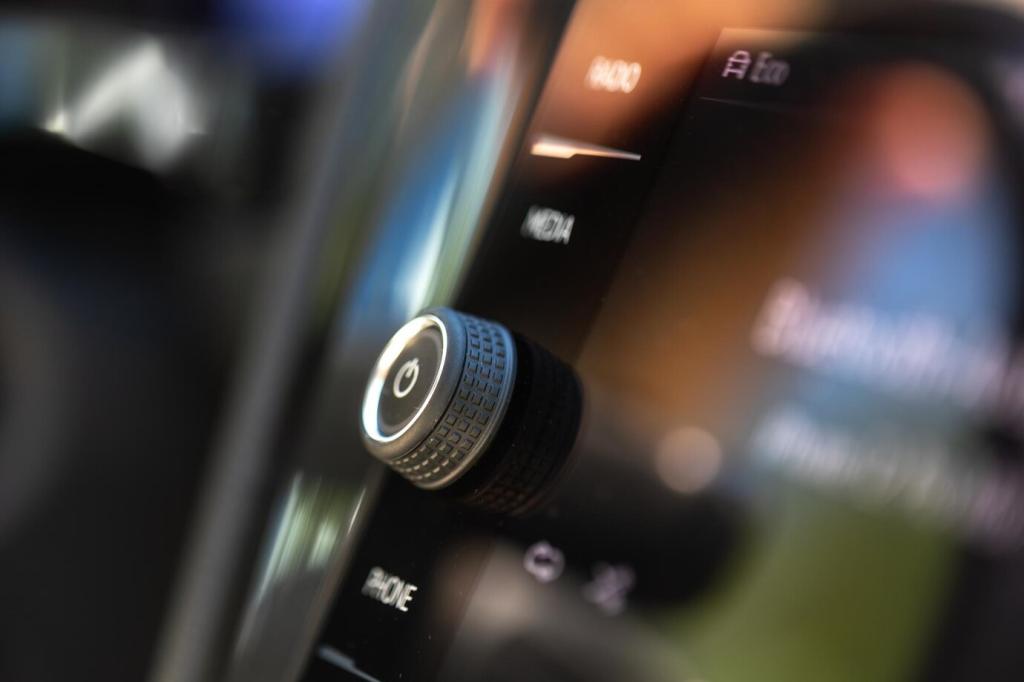
Connected Ecosystems
IoT sensors allow vehicles to become nodes in a larger connected ecosystem, sharing information with other cars, road infrastructure, and centralized databases. This constant data exchange leads to smarter responses to traffic conditions, road hazards, and emergency situations. The result is a collaborative environment where vehicles work together to enhance the safety and efficiency of transport systems.
Sensor Diversity and Redundancy
Modern vehicles are equipped with a wide array of sensors, from cameras and radars to LIDAR and ultrasonic detectors. The combination of various sensor types provides a comprehensive understanding of surroundings and compensates for the limitations of individual technologies. Redundancy ensures that if one sensor fails, others can continue to provide critical safety data.
Real-Time Data Processing
The sheer volume of information generated by IoT sensors requires rapid and efficient data processing capabilities. In-vehicle computing systems analyze sensory input in real time, enabling immediate actions such as emergency braking or lane corrections. The low latency and high reliability of modern IoT platforms are central to maximizing the potential of vehicle safety innovations.
ADAS utilizes IoT sensor data to power features such as lane departure warnings, adaptive cruise control, and collision avoidance. These systems constantly monitor vehicle position, speed, and proximity to other objects, intervening as needed to prevent accidents. With every technological improvement, ADAS becomes more reliable, reducing the burden on drivers and minimizing human error.
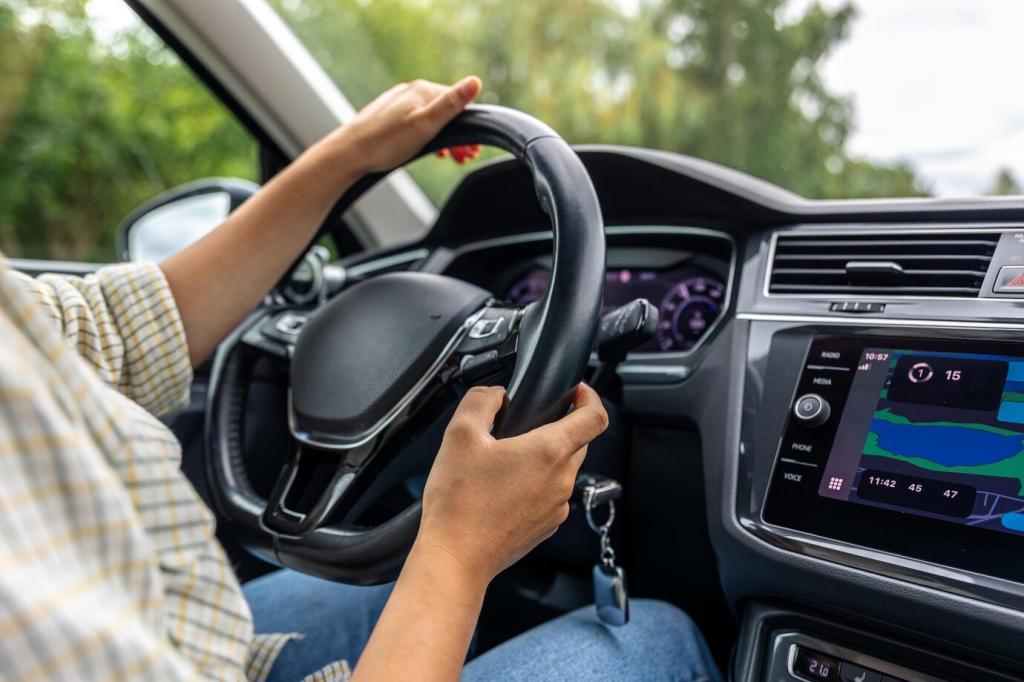
Forward Collision Warning and Automatic Emergency Braking
IoT sensors such as radar and LIDAR constantly scan the road ahead, identifying changes in speed or sudden obstacles. If a potential collision is detected, the system can provide an immediate warning, and if necessary, automatically apply the brakes to reduce severity or avoid the impact altogether. This technology significantly lowers the risk of rear-end collisions.
Cross-Traffic and Pedestrian Detection
Navigating intersections and crowded urban environments presents unique challenges. IoT sensors analyze cross-traffic movement and can identify pedestrians entering the vehicle’s path, even in low-visibility conditions. The system’s rapid response time ensures that appropriate alerts or automatic actions are triggered to prevent accidents, offering critical protection for vulnerable road users.
Adaptive Cruise and Traffic Jam Assist
Beyond traditional cruise control, these IoT-powered features enable vehicles to maintain safe distances, adjust speed based on traffic flow, and even handle stop-and-go conditions autonomously. By relieving drivers from the stress of monotonous driving and sudden traffic changes, these predictive technologies reduce both fatigue and accident rates, making daily commutes safer.
Transforming Emergency Response and Crash Management
Automatic Crash Detection and Alerting
When a collision occurs, IoT sensors can immediately assess the severity of the impact and determine the likely extent of damage or injury. The vehicle’s system automatically relays detailed incident data—including precise location, number of occupants, and nature of the crash—to emergency services. This rapid communication enables faster medical assistance and can be life-saving in critical situations.
Post-Crash Analytics and Data Sharing
After an accident, sensor data is crucial for understanding the event’s circumstances and assessing vehicle integrity. Advanced analytics reconstruct the timeline of events, helping manufacturers, insurers, and authorities to improve safety protocols and vehicle design. The insights gained from each incident contribute to broader efforts in reducing road fatalities in the future.
Enhanced Roadside Assistance
IoT-equipped vehicles can self-diagnose after an incident and communicate specific repair needs directly to roadside assistance providers. This capability leads to more efficient dispatching of specialized help, minimizing wait times and preventing further safety risks for stranded drivers and passengers. The entire post-crash process becomes more streamlined and less stressful for those involved.
Previous slide
Next slide
Enabling Remote Monitoring and Maintenance

Predictive Maintenance Alerts
By continuously monitoring the health of key vehicle systems—such as brakes, tires, and engine components—IoT sensors can predict failures before they occur. When anomalies or wear patterns are detected, the system issues alerts to the driver and service provider, preventing breakdowns that could lead to dangerous situations or accidents.
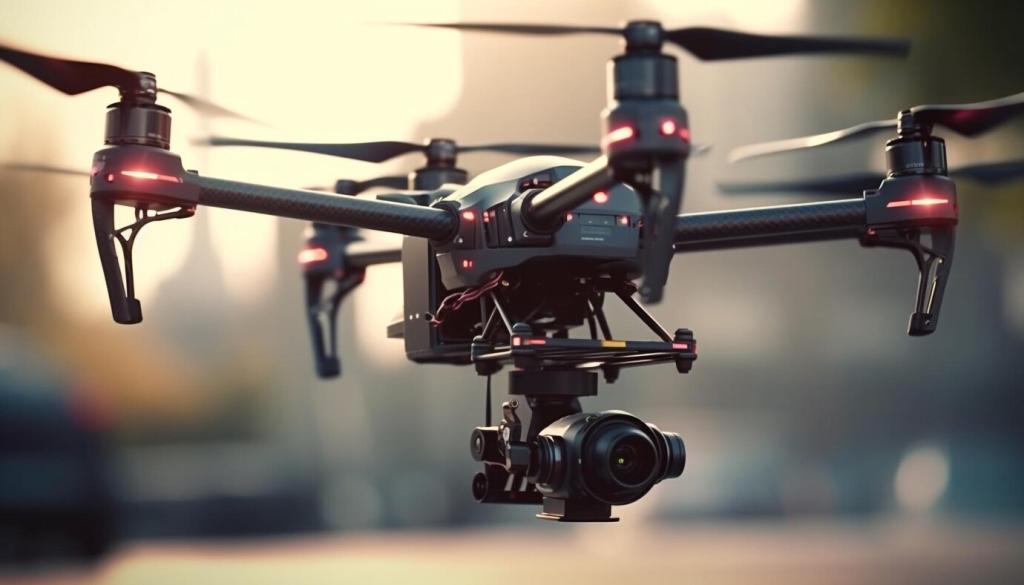
Remote Diagnostics and Software Updates
With IoT connectivity, service technicians can remotely access detailed diagnostic information from a vehicle. This enables faster identification and resolution of issues, often through over-the-air software updates. Such seamless maintenance reduces the time a vehicle spends out of service and ensures that safety systems are always operating with the latest improvements.
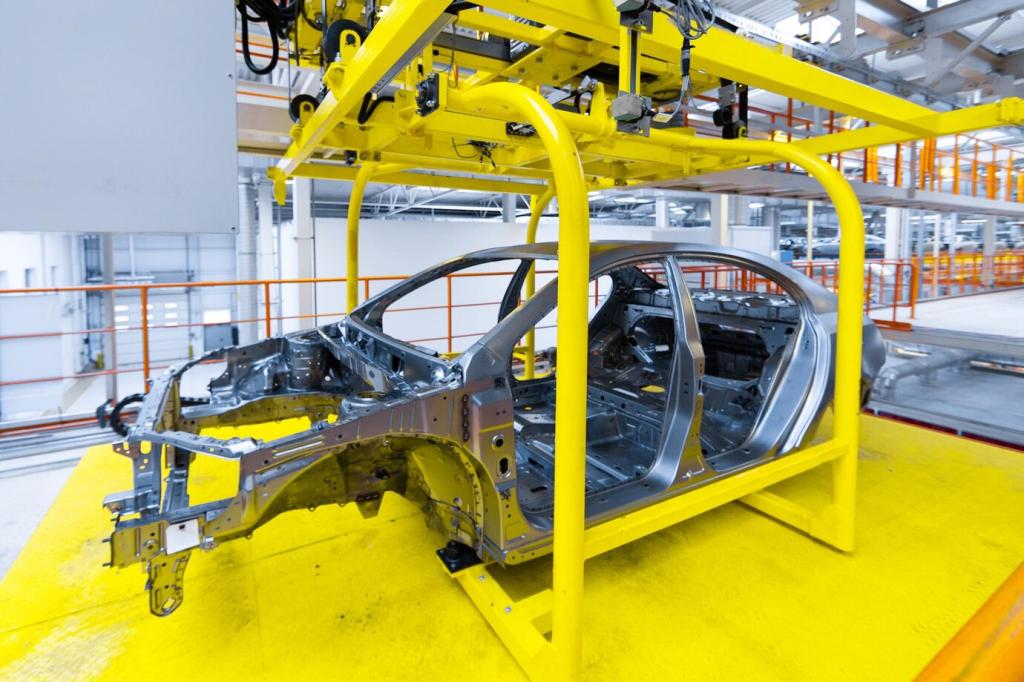
Fleet Safety Management
For commercial vehicle operators, IoT sensors provide powerful tools for tracking the condition, location, and performance of entire fleets. Fleet managers can monitor driver behavior, schedule predictive maintenance, and receive instant alerts about any safety incidents. These capabilities help companies to enforce safety protocols, reduce liability, and ensure that every vehicle on the road is operating at peak performance.
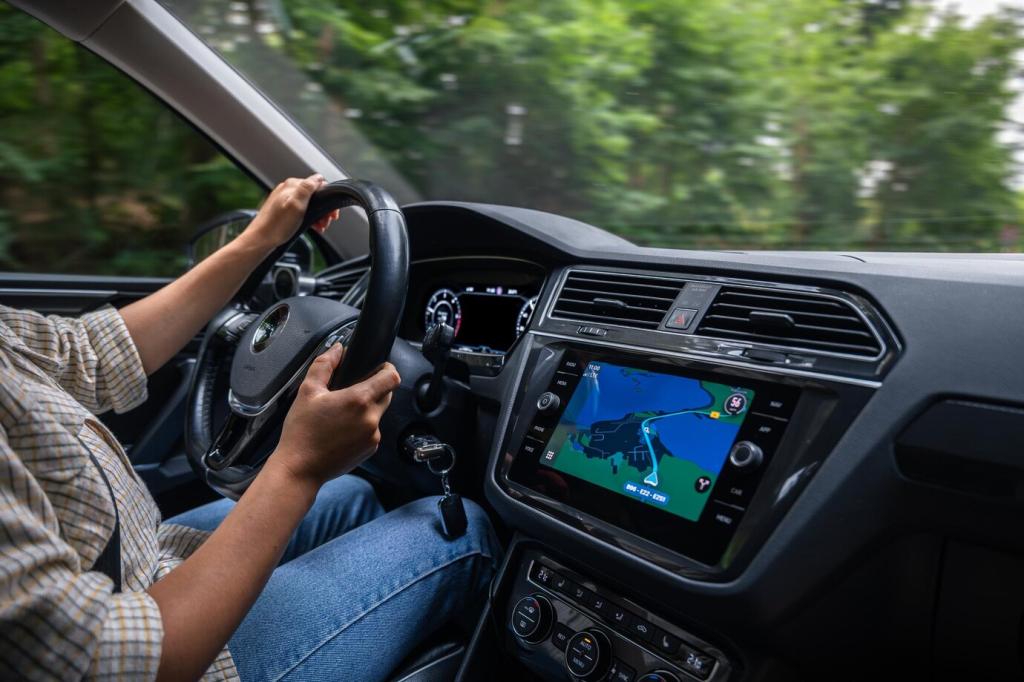
IoT sensors collect vast amounts of data, including location, driving patterns, and potentially personal user information. Strong encryption, strict access controls, and transparent data policies are essential for ensuring that this sensitive information is protected from unauthorized access or misuse.
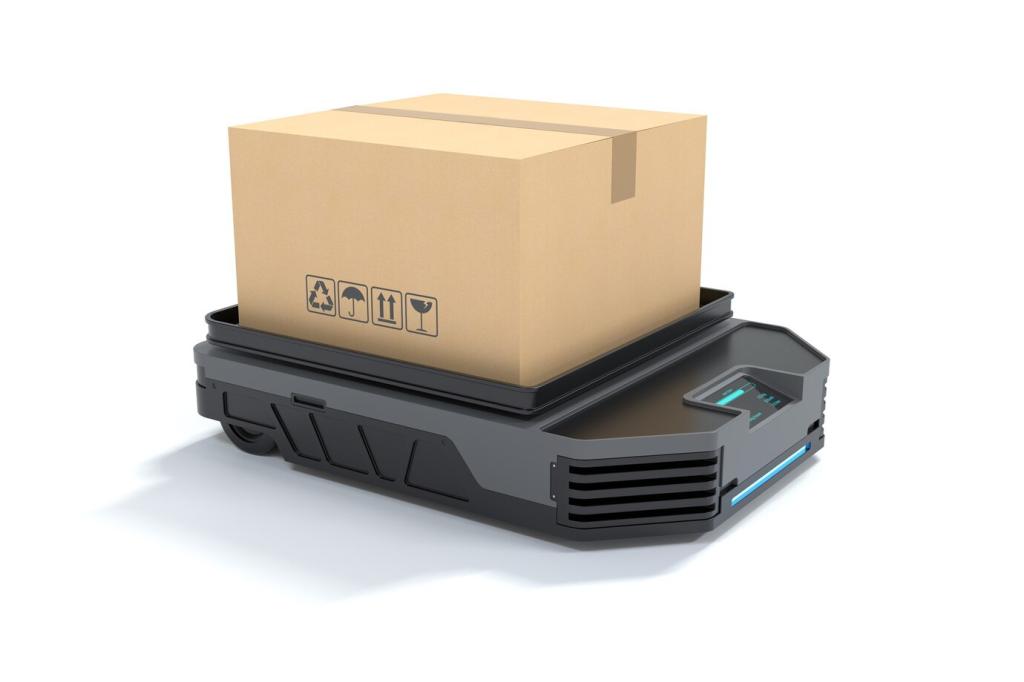
The connectivity that makes IoT sensors so powerful also exposes vehicles to new forms of cyber threats, such as hacking or remote interference. Manufacturers are investing heavily in advanced cybersecurity protocols, secure boot processes, and constant monitoring to defend against intrusions. These protective efforts are integral to maintaining the reliability and safety of connected vehicles.

To ensure consistent protection across all vehicles, regulatory bodies are working in tandem with manufacturers to establish comprehensive safety and data privacy standards. Compliance with these standards not only guards against vulnerabilities but also builds consumer confidence in IoT-powered vehicle safety solutions. Ongoing collaboration will be crucial as the technology continues to evolve.
